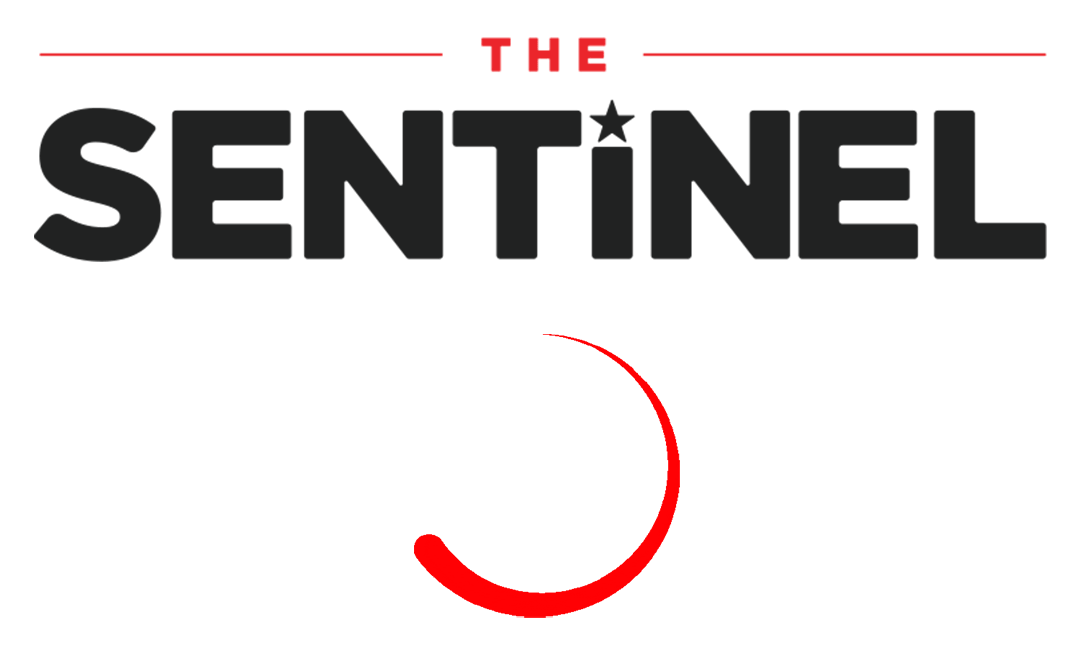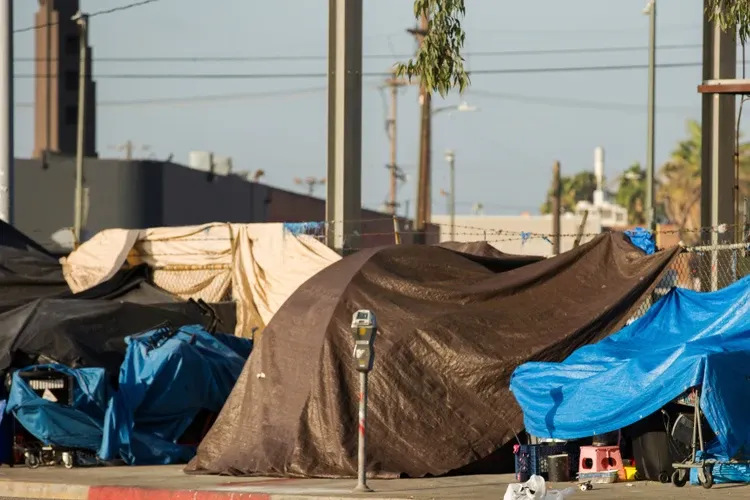Homelessness has increased significantly this year with a record 577,000 individuals sleeping on the streets, according to a new analysis from The Wall Street Journal.
Housing costs, elevated numbers of evictions, higher living expenses, and the ongoing opioid abuse epidemic are major factors in the increased levels of homelessness. National Coalition for the Homeless Executive Director Donald Whitehead Jr. asserted in a comment to the outlet that the end of federal lockdown stimulus worsened the phenomenon.
The Stanford Institute for Economic Policy Research released a study last year showing that over half of the homeless individuals in Los Angeles, California, deal with severe mental health disorders or long-term substance addictions. Real estate policies also exacerbate the issue.
“High housing costs and a low stock of affordable housing create a precarious situation, especially for lower-income families and individuals who are at higher risk of becoming homeless,” the study said. “Another factor is the high costs and uncertainties in housing development related to lengthy entitlement processes, which include zoning changes, permit applications, standards variances, site plan reviews, design reviews, and environmental impact reviews.”
The median rent in the United States is now more than $2,000 per month, but the average rent in large metropolitan areas such as Los Angeles and New York City are usually far higher. In New York, the median rent for a one bedroom apartment has surpassed $3,400 for a one-bedroom apartment, with an overall median rent of $3,650. Los Angeles has a median rent of $2,200 for a one-bedroom apartment and an overall median rent of $2,900.
Most Americans now qualify as “rent-burdened” for the first time in over twenty-five years, meaning that they devote more than 30% of their income toward rent, according to a study by Moody’s Analytics. Renting is still more affordable than owning a home, according to an analysis from Redfin, which found that only four cities have a lower median mortgage payment than median rent payment.
“Buying a home often makes more financial sense than renting if you can afford a down payment and monthly mortgage because you’re building equity. When you own your home, your home pays you; when you rent, you and your home pay your landlord,” the report said. “But buying isn’t a feasible option for everyone. Some people move around a lot, so renting might make more sense because they won’t be in their home long enough to build equity. Many others simply don’t have the money for a down payment: a situation that has become increasingly common due to rising mortgage rates and elevated home prices.”
The illegal immigration crisis has also contributed to rising homelessness: some 55,000 of the more than 90,000 migrants which have arrived in New York City since last spring are receiving shelter from public funds. New York City Democratic Mayor Eric Adams said that there have been more than 2,500 asylum seekers every week.



